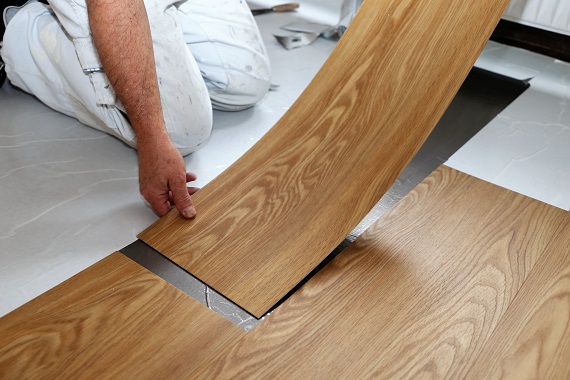As business owners, we are responsible for the environment of our workplace. Everyday operations and productivity are dependent upon a healthy workforce, but all too often this is not the case. According to the Occupational Safety and Health Administration (OSHA), poor indoor air quality (IAQ) has been linked to headaches, fatigue, trouble concentrating, and irritation of the eyes, nose, throat, and lungs.
There are many factors that affect IAQ. They include poor ventilation (lack of outside air), problems controlling temperature, humidity, plus remodeling, and other activities that can affect the fresh air coming into the building. In some cases, contaminants like dust from construction or renovation, mold, cleaning supplies, pesticides, or other airborne chemicals may cause poor IAQ.
As if that isn’t enough, certain diseases like asthma have been linked to specific air contaminants or indoor environments. In addition, substances such as asbestos and radon do not cause immediate symptoms but can lead to cancer after many years of exposure.
Poor IAQ has Dramatic Impact on Health & Economy
Poor IAQ is a major health concern. There are 4.5 million ER annual visits for environmentally responsive/sensitive illness. These emergency room treatments represent over $20 billion in healthcare costs each year in the U.S. And that does not even include lost wages to an employee or lost productivity to the employer.
When you add up the cost of healthcare, lost wages, and lost productivity, the annual cost of environmental illness is greater than that of the EPA and OSHA’s budgets combined. This is more than we spend as a nation to have these agencies regulate and oversee workplace environments!
What to do? First, Notice the Symptoms
People working in buildings with poor IAQ may notice unpleasant or musty odors or may feel that the building is hot and stuffy. There are also the previously mentioned symptoms such as headaches, fatigue, eye, nose, throat irritations, but also others such as fever and shortness of breath.
Optimizing IAQ is the Only Real Answer – but how?
But not all exposures cause symptoms, so there is no substitute for good building management. This brings us to point two.
The employer needs to upgrade the business’s HVAC system. He should consider installing an automatic ventilation controller. As the name suggests, modern “controllers” are revolutionizing the HVAC industry by controlling, or tying, each aspect of the HVAC system – heating, ventilation, and air conditioning – together for maximum efficiency. This efficiency is imperative since you cannot fix OAQ (outdoor air quality) but one can optimize IAQ.
Without proper ventilation – defined as the exchange of indoor air and outdoor air – contaminants such as radon, formaldehyde, volatile organic compounds (VOCs), and other pollutants can build up indoors, leading to potentially serious health problems such as the ones listed earlier in this article. This can be especially true in small commercial businesses that have many noxious chemicals in the air. A small nail salon would be but one example.
How do they work? SMART ventilation controllers connect to the duct system and use indoor and outdoor sensors to automatically turn off AC when humidity is low and temps are comfortable – pulling fresh, cool air inside – while flushing bad air with its contaminants outside. Unlike older indoor air ventilation systems like smoke evacuators in bars and ASHRE ventilators in homes and small businesses, SMART ventilation controllers only flush the indoor air with outdoor air when the outdoor air quality (OAQ) is better than the IAQ. Essentially, with a SMART ventilation controller, IAQ is addressed 24/7.
Summary
It’s true that SMART ventilation controllers are not inexpensive. There are other, less expensive upgrades that will help improve IAQ, like changing air conditioning filters regularly, and other options described in other articles in this series.
However, when one considers the financial drain that poor IAQ is having on the economy and people’s health, a state-of-the-art SMART ventilation controller is an investment that can be expected to reap dividends over time. Besides, isn’t your employees’ health worth it?

